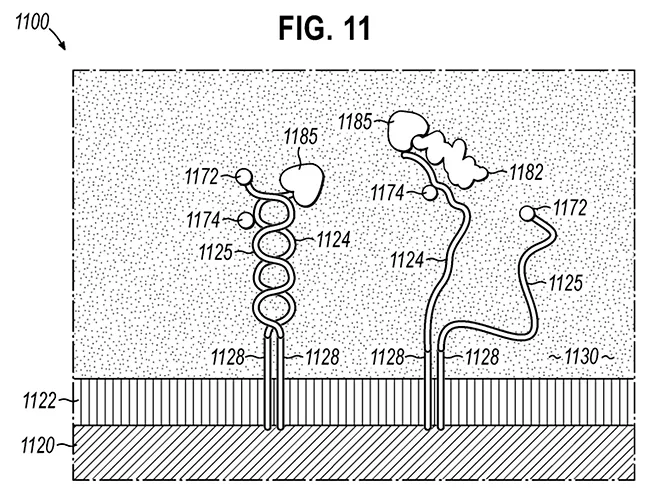
Items Tagged with 'phenylketonuria'
ARTICLES
Endocrine/metabolic
Agios Pharmaceuticals develops PAH mutant stabilizers for phenylketonuria
Read MoreEndocrine/metabolic
Agios Pharmaceuticals divulges new PAH stabilizers for phenylketonuria
Read MoreEndocrine/metabolic



